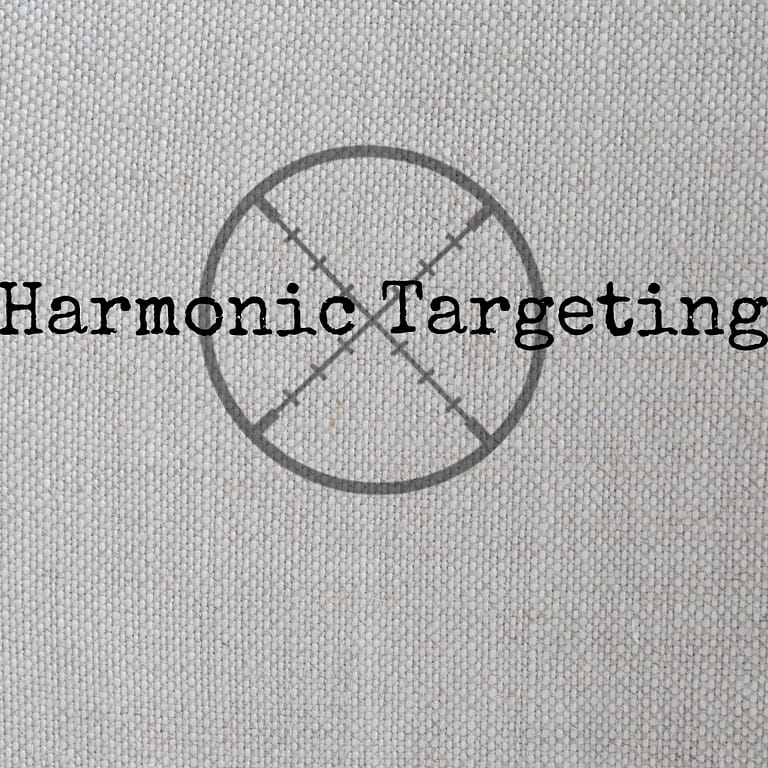Improv Tip Week #22-More Digital Patterns
Welcome back to the blog as we’re going to continue our discussion on Digital Patterns this week! Last week we looked at some basics into digital patterns. This week, we’re going to talk about using one of last week’s patterns amd applying it to other key areas, showing some additional patterns and I’ll show you an exercise to get some of those patterns under your fingers and in your ears. Since most of you have probably read through some of the previous posts, you know one of my primary goals for students is to have them use various tools to target notes. If you haven’t checked out some of our previous posts or need more information on targeting, I’d like to invite you to check out some of our previous week’s.
Let’s first take a look back at one of the simple patterns we used last week:
The above pattern is a very simple (1,2,3,5) pattern. Last week we mainly looked at using that pattern with a major scale. However, since we do have a varied audience that read the blog, let’s give some examples of how we can use that same pattern (1,2,3,5) over other key areas or scales. The example below using the same pattern, but over each of the greek modes starting on “C” (notice that because of this particular pattern, some of the examples are the same for different modes):
You can take any pattern and apply it to any mode, scale or key area. This is a great way to work on keys that are not as familiar as others.
Last week’s patterns were very closely related to the pentatonic scale. This week, let’s look at two new digital patterns that incorporate the “4th” scale degree. Many times you’ll read about the “4th” scale degree as being an avoid note (especially on Major chords. I personally like the use of the “4th” scale degree, as long as you’re using it to get you to a targeted note or not sitting on it. Here are two new patterns that use the “4th” that I enjoy:
Much like last week, let’s take the two new patterns and give some musical examples of how we can use a pattern as tool to target a note:
Finally, some of you that have been following the blog have mentioned that just playing through 4 note digital patterns are too easy, simple or mundane. I’d like to show you an exercise that I’ve used and have had my students use to help get more unfamiliar key areas/scales under the fingers and in the ears. Trumpet players will recognize this exercise, because it comes from Herbert L. Clarke’s Techincal Studies book (Exercise #2). There’s even a book that utilizes just this pattern that was written by trumpeter Pat Harbison. Below is that exercise, but applied to a “C dorian” scale:
As always, I truly hope you’ve enjoyed this week’s tip and continue to follow along as this blog and community grows. Please be sure to share this tip (and blog) with your friends/colleagues via Facebook, Twitter, LinkedIn, Google+ or any other site that you’re a contributor. I’m enjoying your feedback too, so be sure to leave your comments or click the “like” button. If you haven’t checked out my book, Targeting: Improvisation With Purpose yet, be sure to click on the link to the right or go to Jason Klobnak Music for more information. It was recently mentioned in the Resources section of the October 2011 edition of Teaching Music and is helping a number of people across the globe find creative ways to target notes in their improvisations.









